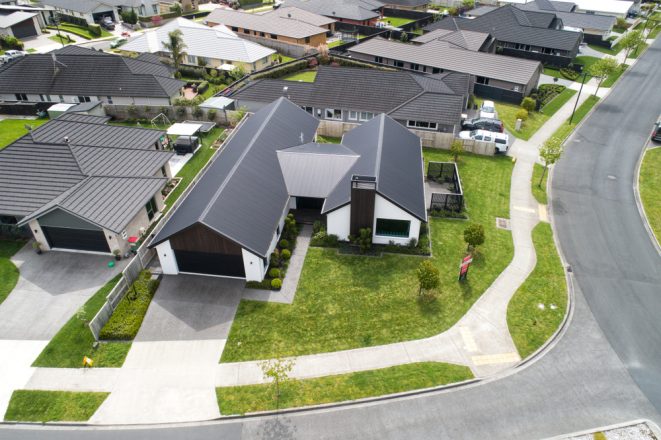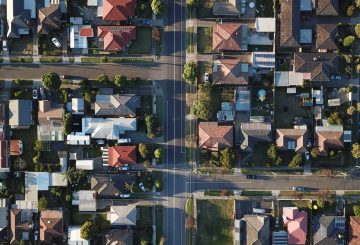新房将在 20 年内免受旨在降温房地产市场的税收规则的修改,但长期租赁开发商可能会获得激励。
政府已经澄清了哪些物业将免于采取行动,以阻止房地产投资者能够将住宅物业贷款利息抵消其他收入。
该政策于 3 月份公布,包括延长对投资物业收益征税的明线测试,但缺乏细节。
财政部长格兰特·罗伯逊表示,其政策是减少房地产投资的激励措施,而牺牲其他类型的资产。
“早期迹象表明,对现有住宅投资物业的热情可能正在减弱。”
他说,这样做的目的是为现有房屋创造公平的竞争环境,有利于首次购房者。
“税收既不是住房问题的原因,也不是解决住房问题的方法,但确实有影响力,这是政府整体应对措施的一部分。”
从该物业获得合规性代码证书起,新建房屋将有资格获得 20 年的利率扣除。
减税政策还可能扩大到针对长期租赁的房地产开发项目,即新西兰房地产集团上周公布的那种房地产开发项目,称为 “租房”。
住房部长梅根·伍兹说:“对新建筑和房地产开发的豁免将确保利息限制规则不会减少持续的新住房供应。”
目前对私人投资物业的利率扣除规定将在四年内逐步取消。背景资料可在税务局网站上查阅。
政府和储备银行今年为遏制年房价增长超过 25% 而采取的举措包括将明线测试扩大到出售家庭住宅以外的住宅物业的税收收益,以及收紧银行抵押贷款的贷款价值比率。贷款。
房地产投资者团体的支持
房地产投资者联合会首席执行官沙龙·库尔威克(Sharon Cullwick)支持这些变化,因为明确的定义意味着即使所有权发生
她说,细节还将使成员在对投资组合进行任何更改之前有更大的确定性。
但是,她警告说,这些规则可能会创造一个 “两层” 的房地产市场,因为那些没有免税支出的投资者将面临巨额成本,他们必须收回这些成本。
“我们会从客户那里收回它,而我们的客户是租户,[which]这意味着租金自发布以来一直在上涨,仍将继续上涨以帮助支付这笔费用。”
特许会计师澳大利亚新西兰税务负责人约翰·库斯伯森表示,这些变化符合许多人的期望。
他说,“新建筑” 的定义很宽泛,而且相当宽泛。
“人们显然应该阅读规则,以确保他们知道新建筑包括什么,这不仅仅是在现场建造新房子。
“它可以是一个可移动的房屋,一个模块化的房屋,它可以是一个坐在院子里的旧房子里,只要它获得新的法规合规证书,将被视为新建筑。”
他说,法律是否有空白还有待观察。






























































